1. Sun avoidance practices
There’s no question that the number one way to reduce your risk of skin cancer is to avoid sun exposure. The American Academy of Dermatology confirms that sun exposure is the most preventable risk factor for all skin cancers, including melanoma, and is primarily responsible for premature aging.
In order to reduce your risk of skin cancer, sun avoidance is crucial. But this doesn’t mean you can’t enjoy the outdoors! During outdoor activities, seek the shade whenever possible. It is especially important to seek the shade between the hours of 10AM and 4PM, when the UV rays are the strongest. If the sun is not avoidable, you can protect exposed skin by wearing a wide-brimmed hat, UV-blocking sunglasses, and sun protective clothing.
 Sun protective clothing uses certain fabrics and weave structures to provide sun protection by blocking ultraviolet (UV) radiation. In fact, the clothing is rated based on an Ultraviolet Protection Factor (UPF), which is similar to the Sun Protection Factor (SPF) for sunscreen. The UPF rating system measures the UV protection provided by fabric, representing the ratio of sunburn-causing UV without and with the protection of the fabric. A UPF factor of 50+ is able to block up to 98% of the sun’s rays. It’s important to keep in mind, though, that sun protective clothing should be worn as a second layer of protection and does not replace the need for sunscreen application.
Sun protective clothing uses certain fabrics and weave structures to provide sun protection by blocking ultraviolet (UV) radiation. In fact, the clothing is rated based on an Ultraviolet Protection Factor (UPF), which is similar to the Sun Protection Factor (SPF) for sunscreen. The UPF rating system measures the UV protection provided by fabric, representing the ratio of sunburn-causing UV without and with the protection of the fabric. A UPF factor of 50+ is able to block up to 98% of the sun’s rays. It’s important to keep in mind, though, that sun protective clothing should be worn as a second layer of protection and does not replace the need for sunscreen application.
2. Proper sunscreen application
Proper sunscreen application is one of the most important parts of a complete sun protection regimen, and can help to reduce your risk of skin cancer. While the majority of people understand the importance of sunscreen, not everyone knows which types of sunscreen offer the best protection and how often they should be applying their sunscreen.
There are two main classifications of sunscreens: physical and chemical. Physical sunscreens, which include zinc oxide and titanium oxide, protect your skin by using physical UV filters to block or deflect UV light. Physical sunscreens tend to be better tolerated by most skin types because they are not absorbed into the skin, making them especially useful for those with heat sensitive skin (i.e. rosacea patients). However, physical sunscreens are thicker than chemical sunscreens and can often leave a white cast after application.
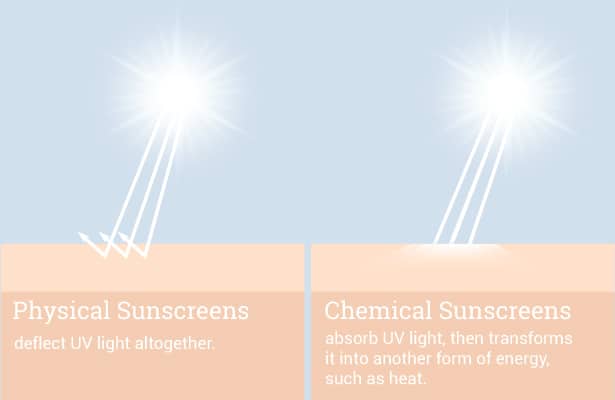
On the other hand, chemical sunscreens, such as avobenzone and oxybenzone, protect the skin by first absorbing UV light, then transforming that light energy into some other form of energy, such as heat. A benefit of chemical sunscreens is their ability to defend the deeper layers of skin, including collagen fibers and other tissue, against the aging effects of UVA rays, as well as preventing penetration by the UVB rays responsible for tanning and sunburn.
As both physical and chemical sunscreens have their pros and cons, many of today’s sunscreens contain both physical and chemical UV filters.
Whether you choose a physical or a chemical sunscreen, it’s important that it is a broad spectrum SPF 30 sunscreen. Broad spectrum refers to the two types of UV light that can harm your skin: UVA and UVB. UVA rays can prematurely age your skin, whereas UVB rays can burn your skin. Both types of rays can cause skin cancer. A broad-spectrum, or full-spectrum, sunscreen protects you from both. Most dermatologists agree that choosing sunscreen with SPF 30 is the safest way to go. Anything above SPF 30 is not usually necessary as it has little incremental benefit and below 30 does not offer enough protection.
The Skin Cancer Foundation recommends applying 1 ounce (2 tablespoons) of sunscreen to your entire body 30 minutes before going outside. Reapply every two hours or immediately after swimming or excessive sweating.
3. Self-examinations
In order to reduce your risk of skin cancer, it is recommended to examine your skin from head-to-toe once every month. A skin self-exam is best done in a well-lit room in front of a full-length mirror. The first time you examine your skin, spend time carefully going over the entire surface. Learn the pattern of moles, blemishes, freckles, and other marks on your skin so that you’ll notice any changes next time.
According to The Skin Cancer Foundation, a study in The Journal of the National Cancer Institute demonstrated that skin self-exams could reduce the risk of advanced disease among melanoma patients and potentially decrease melanoma mortality by up to 63 percent. When performing a self-exam for irregular moles that may be an indication of melanoma, look for the “ABCDEs”:
- Asymmetry
- Borders that are irregular
- Color that is varied
- Diameter – melanomas are typically larger than the size of a pencil eraser
- Evolution, or change, in any of these characteristics over time
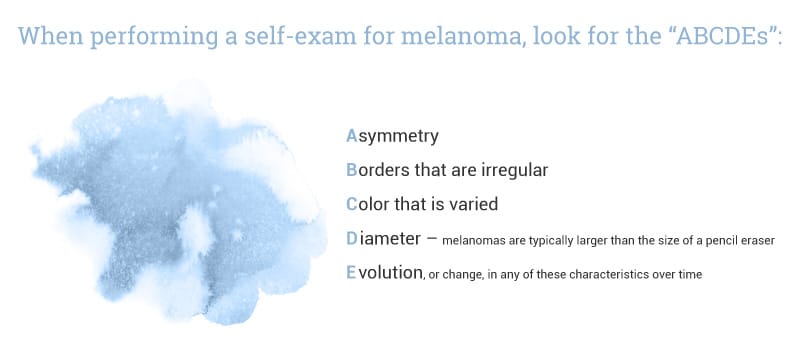
4. Annual skin cancer screening
An annual skin cancer screening exam performed by a board-certified dermatologist is an important part of reducing your risk of skin cancer. All three types of skin cancer – basal cell carcinoma, squamous cell carcinoma, and malignant melanoma – can be detected through a skin cancer screening. Annual skin checks are noninvasive, do not require a machine scan, and typically only take about 10 to 15 minutes. Regular skin exams are especially important for people who are at higher risk of skin cancer, such as people with reduced immunity, people who have had skin cancer before, and people with a strong family history of skin cancer.
5. Antioxidants: a second line of defense
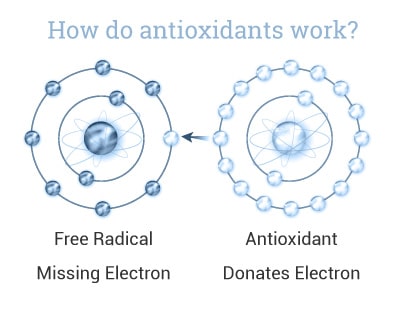 Recent research has revealed that the topical application of certain antioxidants can decrease the effect of the sun on the skin. Antioxidants accomplish this by interfering with the production of free radicals. While free radicals are formed naturally in the body and play an important role in many normal cellular processes, they have the potential to harm cells. Too much UV exposure can increase free radical production, and at these high concentrations they can be hazardous to the body and damage all major cellular components, including DNA, proteins, and cell membranes. According to the National Cancer Institute, the damage to cells caused by free radicals, especially the damage to DNA, may play a role in the development of cancer and other health conditions.
Recent research has revealed that the topical application of certain antioxidants can decrease the effect of the sun on the skin. Antioxidants accomplish this by interfering with the production of free radicals. While free radicals are formed naturally in the body and play an important role in many normal cellular processes, they have the potential to harm cells. Too much UV exposure can increase free radical production, and at these high concentrations they can be hazardous to the body and damage all major cellular components, including DNA, proteins, and cell membranes. According to the National Cancer Institute, the damage to cells caused by free radicals, especially the damage to DNA, may play a role in the development of cancer and other health conditions.
Additionally, Skinceuticals reports that while sunscreen is the first line of defense and essential for protecting skin from UVA and UVB rays, sunscreen ray filters may only protect skin from up to 55% of free radicals. (J Invest Dermatol 2006) Therefore, incorporating a topical antioxidant and sunscreen into a daily skincare regimen provides complete protection from environmental damage.

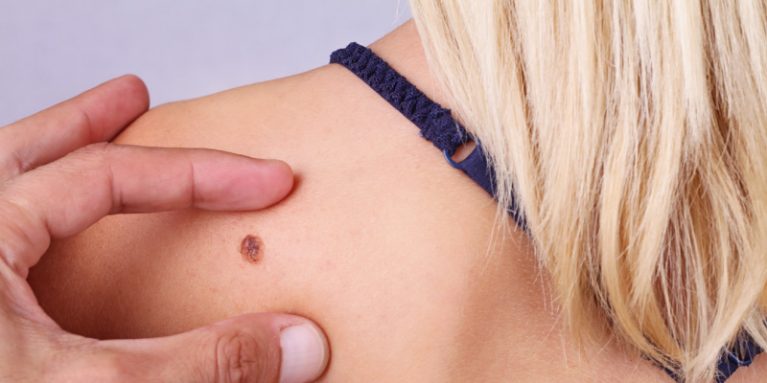
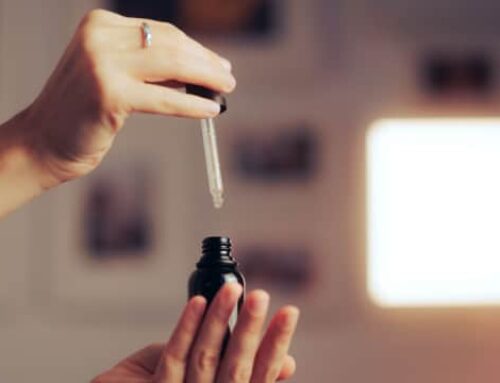

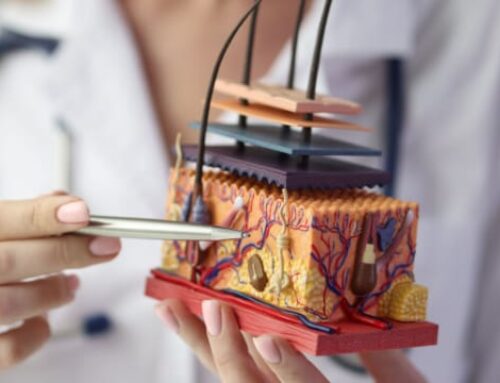

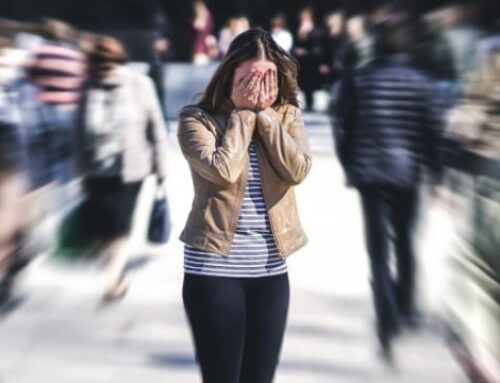







Leave A Comment